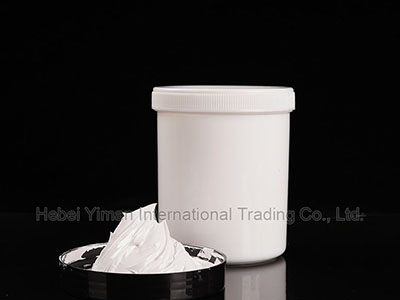Disperse dyes can be used in various technologies and can easily color negative composites made with disperse dyes, such as polyester, nylon, cellulose acetate, viscose, synthetic velvet, and PVC. They can also be used to color plastic buttons and fasteners. Due to the molecular structure, they have a weak effect on polyester, and only allow pastel colors to pass to medium tones. Polyester fibers contain holes or tubes in their structure. When heated to 100°C, the holes or tubes expand to allow dye particles to enter. The expansion of the pores is limited by the heat of the water – the industrial dyeing of polyester is carried out at 130°C in pressurized equipment!
As Linda Chapman said, when using disperse dyes for thermal transfer, full color can be achieved.
The use of disperse dyes on natural fibers (such as cotton and wool) does not work well, but it can be used in combination with Reactive Dyeing to make polyester/cotton blends. This technology is used in industry under controlled conditions.

Disperse Dyeing
Disperse Dyeing technology:
Dye 100 grams of fabric in 3 liters of water.
Before dyeing, it is important to check whether the fabric is “ready for dyeing” (PFD) or needs scrubbing to remove grease, grease or starch. Put a few drops of cold water on the fabric. If they are absorbed quickly, there is no need to rinse. To remove starch, gums and grease, add 5 ml Synthrapol (a non-ionic detergent) and 2-3 liters of water for every 100 grams of material. Stir gently for 15 minutes, then rinse thoroughly in warm water. Household detergents can be used, but alkaline residues may affect the final color or wash fastness.
Heat water in a suitable container (do not use iron, copper or aluminum). If using water from hard water areas, add 3 grams of Calgon to help offset its alkalinity. You can use test paper to test the water.
Weigh the dispersed dye powder (0.4gm for light color and 4gm for darker color), and sprinkle a small amount of warm water to make a solution.
Add the dye solution together with 3 grams of dispersant to the dye bath, and stir thoroughly with a wooden, stainless steel or plastic spoon.
Add the fabric to the dyeing bath and stir gently while slowly raising the temperature to 95-100°C within 15-30 minutes (if dyeing acetate, keep the temperature at 85°C). The longer the fabric stays in the dye bath, the thicker the shade.
Allow the bath to cool to 50°C, then check the color. Add more dye solution to increase its strength, and then increase the temperature to 80-85°C for 10 minutes.
Continue to step 5 until the desired color is obtained.
To complete this process, remove the fabric from the dye bath, rinse it in warm water, spin dry and iron.
Thermal transfer using disperse dyes and coatings
Disperse dyes can be used in transfer printing. You can create multiple prints on synthetic fibers (such as polyester, nylon, and wool and cotton blends with a synthetic fiber content of more than 60%). The color of disperse dyes will appear dull, and only after being activated by heat can they show a complete color. Pre-testing the color will give a good indication of the final result. The image here shows the result of transfer on cotton and polyester fabrics. Sampling will also give you the opportunity to check the iron’s settings and delivery time.
Post time: Nov-05-2020

